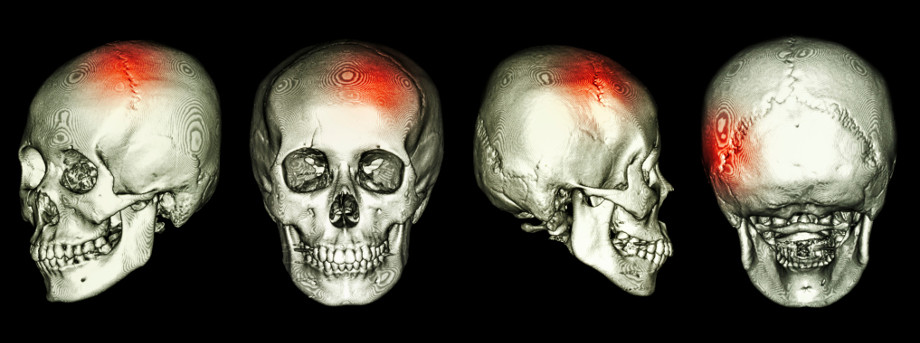The University of Nottingham
 Exchange online
Exchange online
Research Exchange
Clinical trial could change standard treatment for stroke

October 22 2014
A large international clinical trial has shed new light on the effectiveness of current hospital protocols for managing blood pressure in stroke patients.
The two-part ENOS trial (Efficacy of Nitric Oxide in Stroke,) was carried out at The University of Nottingham in collaboration with 23 countries to try to solve two major conundrums faced by doctors when treating people who have suffered a stroke — should blood pressure be lowered using medicated skin patches, and should existing blood pressure medication be stopped or continued after a stroke?
The results of the trial, carried out by the University’s Stroke Trial Unit in the Division of Clinical Neurosciences, are being published in The Lancet.
The trial was funded by the Medical Research Council, Efficacy and Mechanism Evaluation (EME) Programme, and BUPA Foundation.
The trial involved 4,011 patients with acute stroke, both ischaemic (blood clot) and haemorrhagic (bleeding). Patients were randomly assigned to receive a glyceryl trinitrate 5mg skin patch (often used in angina patients) or no patch for 7 days. Patients who were already on medication for high blood pressure before their stroke were also randomly assigned to either continue or stop this for 7 days after the stroke.
Leading the trial, Stroke Association Professor of Stroke Medicine Philip Bath, said: “We found that in patients with acute stroke and high blood pressure, treatment with glyceryl trinitrate patches had acceptable safety but did not improve functional outcome. But there seemed to be benefit in patients who were treated very early, within 6 hours of the onset of symptoms. We aim to carry out a further, larger trial testing very early treatment with the skin patch.
“Our results also show that there is no evidence to support the policy of continuing pre-stroke blood pressure-lowering medication in the acute phase of stroke. An adverse effect in the group continuing medication was pneumonia in patients who had difficulty swallowing, perhaps due to inhalation of the medication into the lungs. Furthermore, discharge home, disability and cognition were all less favourable in those who were allocated to continue BP treatment immediately.”
Professor Bath added: “Our results suggest that antihypertensive treatment should be continued once a patient who has suffered a stroke is stable and is able to swallow medications safely. But there appears to be no urgency to restart treatment in the first week.
“Some doctors in the emergency department seem to feel obliged to get a stroke patient back on their blood pressure medication as soon as possible, but our trial implies they should not rush it.”
The ENOS trial results were initially presented by Professor Bath at the European Stroke Association annual conference in May 2014.
Tags: bleeding, blood clot, blood pressure, blood pressure medication, clinical trial, Division of Clinical Neurosciences, glyceryl trinitrate skin patch, haemorrhagic, hospital protocols, ischaemic, medicated skin patches, research, stroke, Stroke Trial Unit, The Lancet
Leave a Reply
Other News

Top prize for quantum physicist
A University of Nottingham physicist has won a prestigious medal from the Institute of Physics for […]

Zero carbon HOUSE designed and built by students comes home
Design and construct a low cost, zero carbon, family starter home, transport it to Spain, build […]